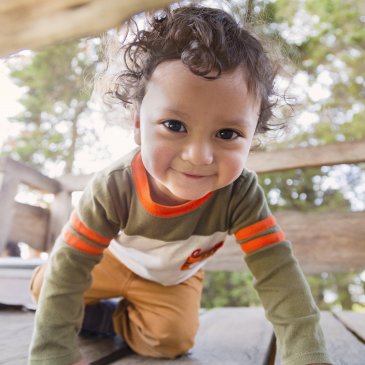Living Donation

About Living Donations
A living organ donation is when a healthy, living person volunteers one of their organs or part of an organ for transplantation to another person. 47% of all transplanted organs in the U.S. are from living donors.

Living Organ Donation
Living donors increase the organ supply and enable more patients to receive life-saving transplants. Kidney and liver transplant candidates who are able to receive a living donor transplant can receive the best quality organ much sooner, often in less than a year. This frees up space on the organ transplant waiting list, giving hope to others.
Who Can Be a Living Donor?
Anyone 18+ years and in overall good physical and mental health can be a living donor.
-
Direct Donation
A direct donation is when a living donor knows or has met the recipient. This is the most common type of living donation, as immediate family members are most likely to be the best match.
-
Non-Direct Donation
On average, 1 in 4 living donors are not biologically related to the recipient. A non-direct donation is when the transplant match is arranged based on medical compatibility for a patient in need. Some non-directed donors choose to never meet their recipient.
-
Paired Donation — Kidneys only
A kidney paired donation (KPD), also called kidney exchange, occurs when a transplant candidate has an interested living donor, but tests reveal the kidney is not a good medical match. KPD gives transplant candidates the opportunity to swap their living donor kidneys so each recipient can receive a compatible transplant.

Types of Donations
A kidney is the most commonly donated organ and also the organ in highest demand among people waiting for an organ transplant. Living donors may also donate a portion of their liver or a lobe of their lung. A living donor’s tissue can be used for reconstructive procedures to promote healing for burns and wounds. Studies have shown, patients who receive a living donation tend to have better long-term health outcomes.
Be a Living Donor
If you’re interested in learning more or becoming a living donor there are five transplant centers in Donor Network West’s service area.
Support Donor Network West
